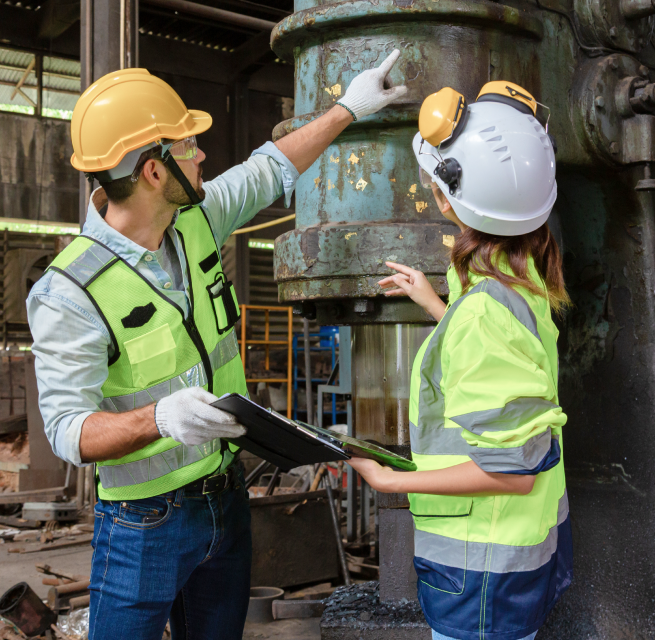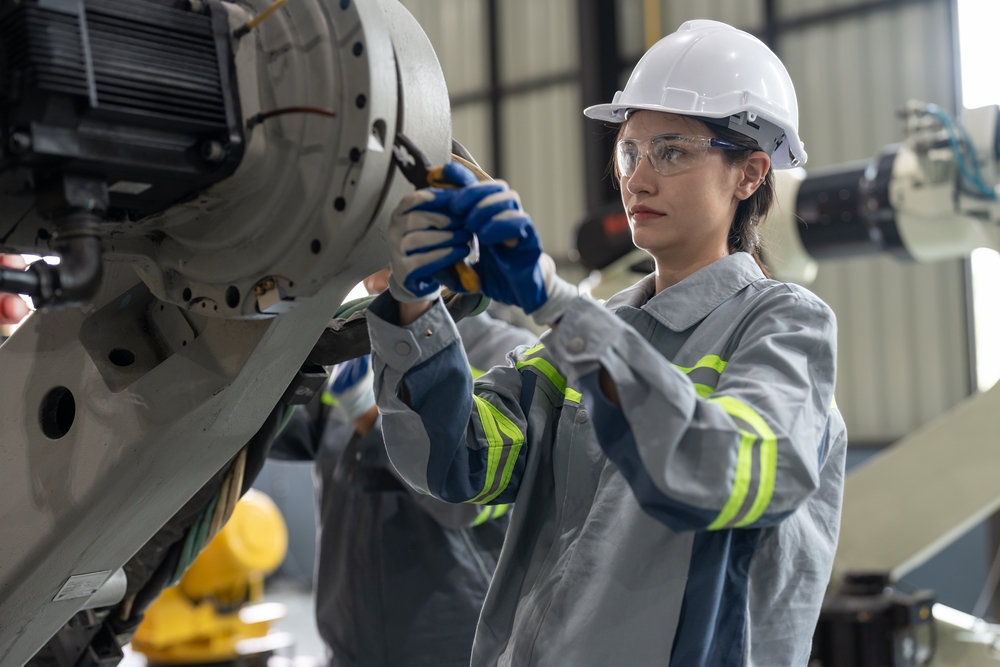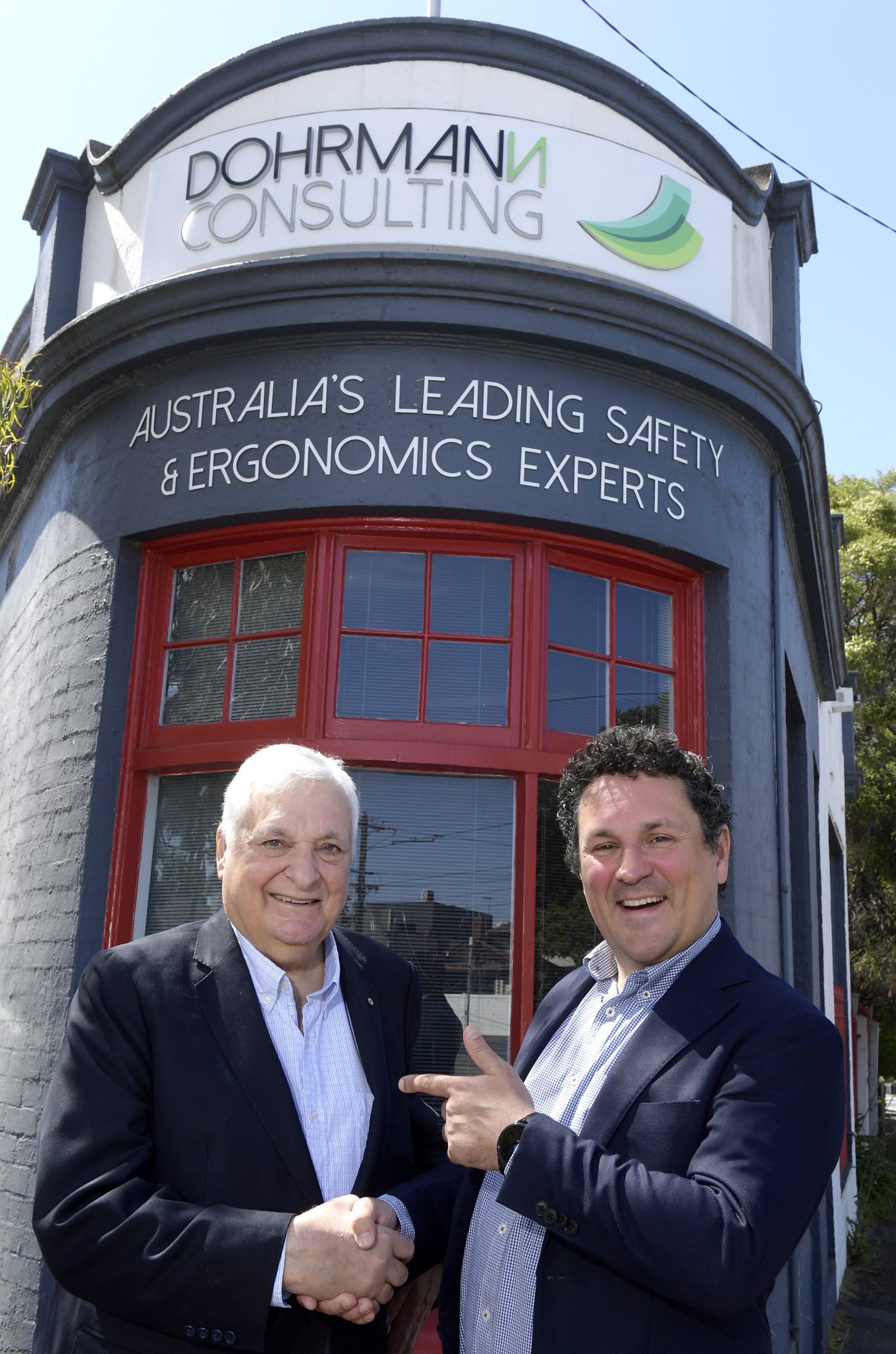Ergonomic Design
What Does ‘Ergonomic Design’ Really Mean in Today’s Workplaces
Ergonomics is the science of creating environments, tools, and systems that fit the human body’s capabilities and limitations both physical and psychological. Ergonomic design in the workplace focuses on optimising the interaction between people and their environment to reduce strain, prevent injury, and enhance overall performance comfort and wellbeing. Workplaces that are ergonomically designed, experience fewer injuries and incidents, greater productivity, and increased employee engagement
Good ergonomic design applies to everything from individual workstations to the layout of entire buildings, from simple manual handling tasks and basic hand tools to complex control rooms or warehouse operations.
The Benefits of Ergonomic Design
Reduced Risks of Injury
Designing tasks, tools and workspaces to accommodate human capabilities is central to good ergonomics. Applying science to optimise posture and reduce force and repetition significantly reduces the risk of musculoskeletal (sprain/strain) injuries to the back, neck, shoulder, knees as well as repetitive wrist and hand injuries.
Increased Productivity
Ergonomics reduces both physical and cognitive demands on workers, allowing them to work in comfort and engage with and focus on their tasks without distraction.
Improved Employee Satisfaction and Retention
Workspaces designed with thought to ergonomics demonstrate an organisation’s commitment to employee wellbeing, leading to higher job satisfaction and reduced turnover. Prioritising safety and comfort can reduce stress, fatigue and discomfort leading to more satisfied and engaged employees.
Cost Savings
By preventing injury and minimising downtime, ergonomic improvements offer strong returns on investment. Fewer compensation claims, and incidents, lower absenteeism, and less reliance on costly workarounds or modifications all contribute to long-term savings.
Key Elements of Ergonomic Design
Every workplace is different—and every task brings its own challenges. That’s why ergonomic design must be tailored to the unique demands of each space, task, and workforce. A great ergonomic design outcome begins with engaging the workers, understanding the tasks they do, assessing the tools and environment and trialling, testing and reviewing solutions
At Dohrmann Consulting, we take a holistic, evidence-based approach to ergonomic design.
Our services include:
- Workstation design and setup
- Review of floor plans
- Seating and chair selection
- Furniture, fittings and equipment design advice
- Detailed task analysis of work processes
- Performance solutions in building design
- Emergency access and egress (NCC and DDA Compliance)
- Optimal lighting and design advice including management of glare
- Risk assessment and hazard identification
- System of work and optimisation of workflow design
- Warehouse design advice
- Advice on material handling equipment, solutions and systems of work
- Trolley assessments and design
At Dohrmann Consulting, we’ve seen the benefits of ergonomic design across many organisations and industries:
- Control rooms redesigned for visibility and reach which reduced operator error and fatigue leading to greatly improved productivity and incident reporting.
- Stairways made compliant and safe with ergonomic best practice design without sacrificing architectural intent.
- Workplace assessments in healthcare and logistics environments resulting in reconfigured tasks and material handling solutions with subsequent reduction in back injuries and manual handling incidents.
Our expert insights have helped numerous organisations meet WHS obligations, comply with accessibility requirements, and reduce risk exposure.
How to Implement Ergonomic Design in Your Workplace
- Engage early in the design phase – Involve ergonomists at concept stage to prevent issues before they’re built in. Its easier to change a line on a drawing than knock down a wall
- Assess tasks, not just spaces – Look at how people interact with equipment, technology, and processes.
- Engage the users in the design process – Consult with the employees to gain a thorough understanding of the task and requirements.
- Document and justify decisions – Especially important in legal, regulatory, or safety-critical contexts.
- Continually evaluate and adapt– Ergonomic requirements can change dynamically as workplaces evolve. Regular audits ensure your workplace remains safe, efficient, compliant and current.
Dohrmann Consulting specialises in creating ergonomic work environments that enhance people safety, productivity and wellbeing. Contact us today to learn how we can help transform your workplace.
Whether you’re managing a workplace upgrade, designing a new facility, or investigating an incident, our expert insights ensure people remain at the centre of every solution.
At Dohrmann Consulting, we know that good design begins with people.








